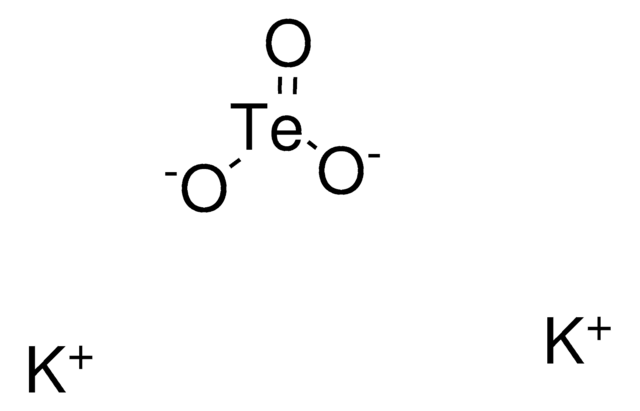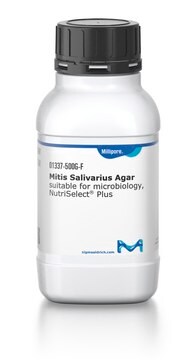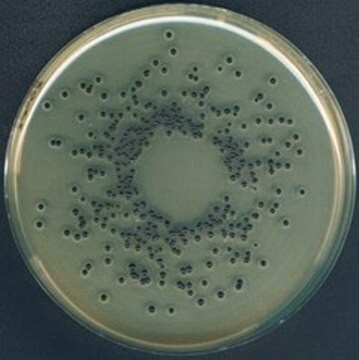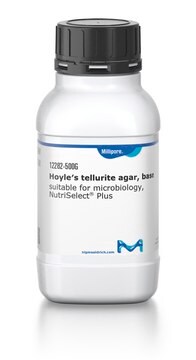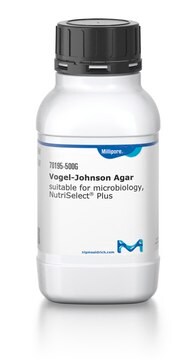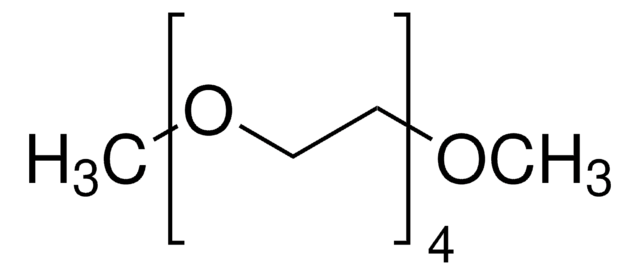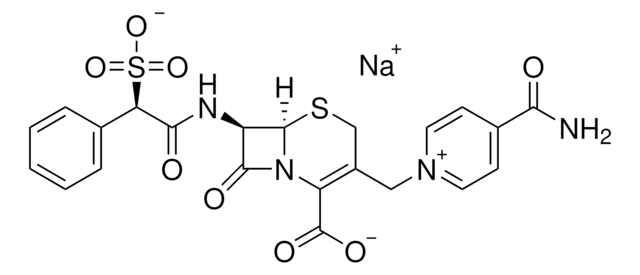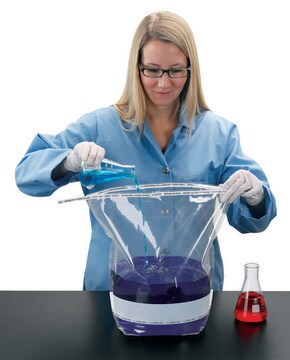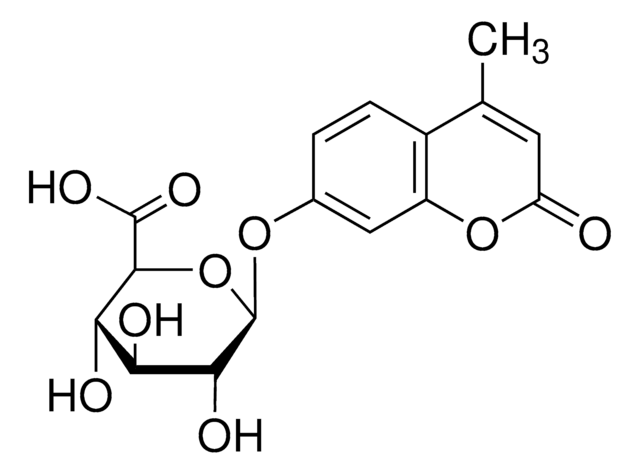Wichtige Dokumente
17774
Kaliumtellurit -Lösung
1% in H2O, suitable for microbiology
About This Item
Empfohlene Produkte
Agentur
according to ISO 6888-1:2020
Qualitätsniveau
Sterilität
sterile (Filtered and Aseptic Handled)
Form
liquid
Haltbarkeit
limited shelf life, expiry date on the label
Konzentration
1% in H2O
Anwendung(en)
environmental
food and beverages
microbiology
Lagertemp.
2-8°C
Eignung
Corynebacterium spp.
Staphylococcus spp.
SMILES String
[K+].[K+].[O-][Te]([O-])=O
InChI
1S/2K.H2O3Te/c;;1-4(2)3/h;;(H2,1,2,3)/q2*+1;/p-2
InChIKey
BFPJYWDBBLZXOM-UHFFFAOYSA-L
Suchen Sie nach ähnlichen Produkten? Aufrufen Leitfaden zum Produktvergleich
Anwendung
Sonstige Hinweise
Lagerklassenschlüssel
10 - Combustible liquids
WGK
WGK 2
Flammpunkt (°F)
Not applicable
Flammpunkt (°C)
Not applicable
Persönliche Schutzausrüstung
Eyeshields, Faceshields, Gloves
Hier finden Sie alle aktuellen Versionen:
Besitzen Sie dieses Produkt bereits?
In der Dokumentenbibliothek finden Sie die Dokumentation zu den Produkten, die Sie kürzlich erworben haben.
Kunden haben sich ebenfalls angesehen
Artikel
Chromogenic media enable the selective detection of S. aureus, which produce bluish-green colonies that are clearly differentiated from other species.
Unser Team von Wissenschaftlern verfügt über Erfahrung in allen Forschungsbereichen einschließlich Life Science, Materialwissenschaften, chemischer Synthese, Chromatographie, Analytik und vielen mehr..
Setzen Sie sich mit dem technischen Dienst in Verbindung.